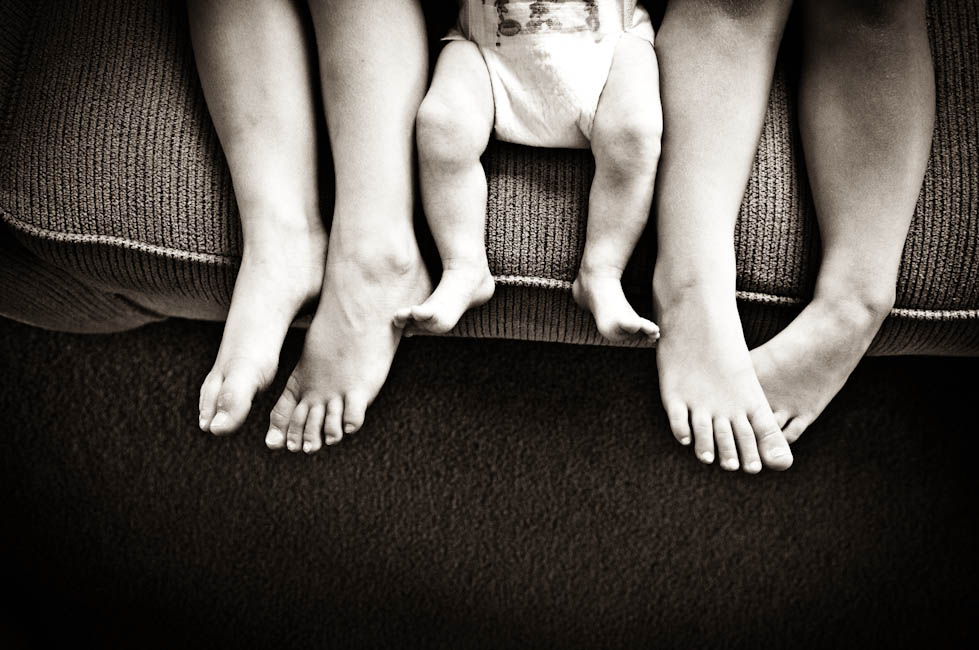
One of the consistent findings of sociological research in recent decades has been that couples who had a child before getting married had substantially higher odds of divorcing than couples who married first. This held true even when researchers controlled for other factors that tend to distinguish such couples from those who marry directly—education, family background, race and ethnicity. But considering the tremendous increase in premarital cohabitation and childbearing over the past quarter century, and in light of new evidence that many other longstanding “laws” of marriage and divorce have been overturned (e.g., see “It’s Not Just Attitudes: Marriage Is Also Becoming More Egalitarian”; Are Individuals Who Marry at an Older Age Too Set in Their Ways to Make Their Marriages Work?), we set out to investigate whether this particular sociological “rule” still applies.
We used large-scale data from the 1995 and 2006-2010 National Survey of Family Growth (NSFG), which asks women of childbearing age questions about relationships and family formation. We analyzed all marital and cohabiting unions in which a child was born within 10 years of the surveys (i.e., between 1985 and 1995 in the earlier period and 1997 and 2010 in the later period). We ended up with a sample of 2,656 couples from the 1995 NSFG and 3,046 from the 2006-2010 interviews.
In the earlier period, for births occurring between 1985 and 1995, 17 percent of the couples we studied had a child before marrying. Of these, 21 percent married within a year, and 59 percent of those still together went on to marry within 5 years. In the later period, for births occurring between 1997 and 2010, 35 percent of the couples we studied (fully twice as many as a decade earlier) had a child together before marrying. This time a smaller but still significant percentage of such couples later married: 15 percent did so within a year, and 48 percent within 5 years.
In the 1995 sample, as researchers had long warned, couples who lived together, had a premarital birth, and later went on to marry were more than 60 percent more likely to divorce than couples who married before having a child. But just a decade later, couples who lived together, had a child, and then went on to marry after the birth of their first child had no higher chance of breaking up than couples who married without ever living together first or couples who lived together but married before having a child.
In each case, we controlled for socio-demographic factors that correlate with differences in marital behaviors and the risk of divorce. Controlling for these factors, we found that the risk of divorce for couples who wed after having their first child outside marriage was no longer any higher than for couples who lived together but married before having their first child or for couples who never lived together at all before getting married and starting a family.The only cohabiting parents with significantly higher chances of breaking up were those who never married. Again controlling for socio-demographic factors, we found that about 30 percent of couples who never married separated within five years, a breakup rate twice as high as that we found among the married. This is a disturbing finding in terms of child outcomes, because we know that family instability is a risk factor for children.
It is not at all clear, however, that if we could magically assign these cohabiting couples to marry, their family relationships would be more stable. In general, cohabiting couples tend to have less education and income than married couples, and it may be that those who do not marry are a particularly disadvantaged group (for example, we could not account for the job prospects of male partners). Such couples may also have relationship problems (substance abuse, infidelity, or domestic violence) that explain why they do not get married, and that would not be solved by giving them a marriage license. Marriage is less a silver bullet than it is an outcome of a whole set of factors linked to stability and security that help parents stay together. The stark and growing differences in divorce risks between couples with little education and those with a college degree undermine the notion that marriage itself can solve the bigger problems that stem from economic uncertainty and inequality (e.g., see “The New Instability”; Labor’s Love Lost).Implications
Our research addresses the potential impact of rising childbearing among cohabiting couples—and in the process sheds new light on the evolving meanings of marriage and cohabitation in the U.S. By looking closely at changes in parents’ unions around the time of childbirth, we found that premarital births no longer predict breakups, as long as couples marry at some point after a child is born. But much still remains to be learned about the causes and consequences of persistent family instability when parents never marry at all.
This briefing paper highlights some of the findings of a much longer study by Kelly Musick and Katherine Michelmore, “Change in the Stability of Marital and Cohabiting Unions Following the Birth of a Child,” forthcoming in Demography.

Comments 1
What Happens When Couples Marry after the First Baby? - Treat Them Better — October 24, 2015
[…] What Happens When Couples Marry after the First Baby? […]